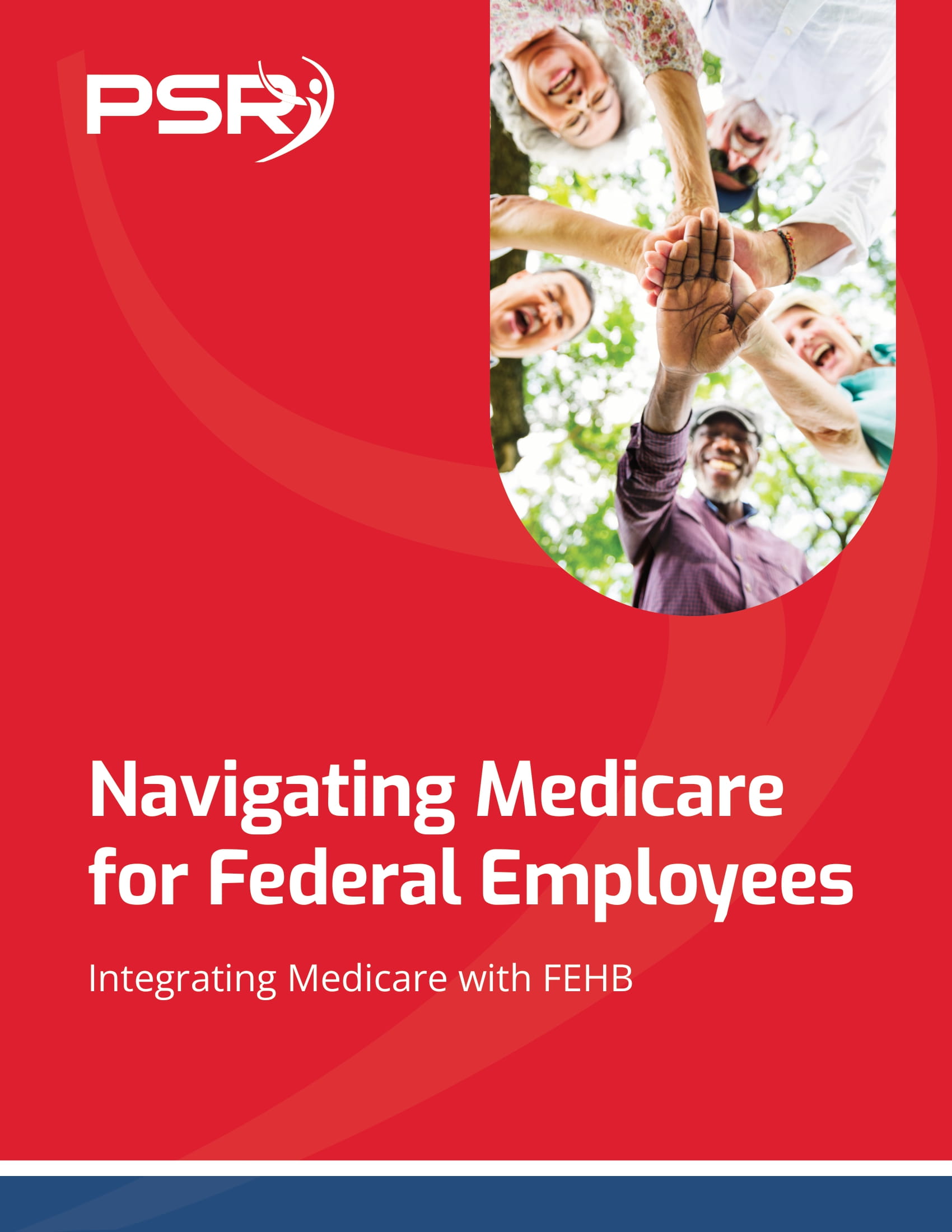Key Takeaways:
- Civilian military employee benefits include comprehensive healthcare, robust retirement plans, and education assistance programs.
- Understanding eligibility and how to navigate these benefits is crucial for maximizing their value and ensuring long-term financial security.
How Do Civilian Military Employee Benefits Work? Find Out Here
Civilian military employees play a vital role in supporting military operations through administrative, technical, and logistical roles. The benefits provided to these employees are designed to ensure their well-being and financial security, mirroring the support given to uniformed military personnel. This article explores the various benefits available, the eligibility criteria, and how to manage these benefits effectively.
Benefits Overview
- Also Read: FAA, Law Enforcement, and Special Federal Employee Categories—Here’s What Makes Their Retirement Unique
- Also Read: Blending Private and Public Sector Retirement Plans Is Complicated—Here’s Where Couples Get It Wrong
- Also Read: The Silent Shift in Postal Service Retirement Benefits That Could Change Everything by 2026
Healthcare Benefits
Healthcare is a significant component of the benefits package for civilian military employees. The Federal Employees Health Benefits (FEHB) program offers a variety of health insurance plans, allowing employees to choose the coverage that best suits their needs. These plans provide comprehensive coverage, including medical, dental, and vision care, ensuring that employees and their families have access to quality healthcare services.
Additionally, civilian military employees may have access to the Federal Employees Dental and Vision Insurance Program (FEDVIP), which offers supplemental dental and vision coverage. This program is particularly beneficial for those who require specialized care beyond what is provided by their primary health insurance plan.
Retirement Plans
Retirement benefits are another crucial aspect of the benefits package. Civilian military employees typically fall under the Federal Employees Retirement System (FERS), which consists of three components: the Basic Benefit Plan, Social Security, and the Thrift Savings Plan (TSP).
The Basic Benefit Plan is a defined benefit plan, providing a fixed annuity upon retirement based on years of service and salary history. Social Security benefits are also available, adding another layer of financial security in retirement.
The Thrift Savings Plan (TSP) is a defined contribution plan similar to a 401(k), allowing employees to contribute a portion of their salary to a retirement savings account. The government matches these contributions up to a certain percentage, making it a valuable tool for building a robust retirement fund.
Education Assistance
Education assistance programs are designed to help civilian military employees pursue further education and professional development. Programs like the GI Bill may be available to employees who have prior military service, providing funding for tuition, books, and other educational expenses.
Additionally, the Department of Defense offers various scholarships and training programs aimed at enhancing the skills and qualifications of civilian employees. These programs not only benefit the individual employees but also contribute to a more skilled and capable workforce.
Eligibility and Key Benefits
Eligibility for civilian military employee benefits varies depending on several factors, including employment status, years of service, and specific job roles. Understanding these eligibility criteria is essential for employees to access the full range of benefits available to them.
Employment Status
Full-time civilian military employees typically have access to the complete benefits package, while part-time and temporary employees may have limited benefits. It is important for employees to understand their employment status and how it impacts their eligibility for various benefits.
Years of Service
Years of service play a significant role in determining eligibility for retirement benefits. For example, under FERS, employees must have a minimum of five years of service to be eligible for retirement benefits. The length of service also affects the calculation of the annuity under the Basic Benefit Plan, with longer service resulting in a higher annuity.
Specific Job Roles
Certain benefits may be available only to employees in specific job roles or with particular qualifications. For example, law enforcement officers and firefighters have access to special retirement provisions due to the physically demanding nature of their work. Similarly, employees in technical or specialized roles may have access to additional training and education assistance programs.
Key Benefits
Key benefits for civilian military employees include:
- Health Insurance: Comprehensive coverage through FEHB and supplemental coverage through FEDVIP.
- Retirement Plans: Secure retirement through FERS, including the Basic Benefit Plan, Social Security, and TSP.
- Education Assistance: Funding for further education and professional development through various programs and scholarships.
- Life Insurance: Coverage through the Federal Employees’ Group Life Insurance (FEGLI) program, providing financial security for employees’ families.
- Paid Leave: Generous leave policies, including annual leave, sick leave, and paid holidays.
Managing Healthcare and Retirement
Effectively managing healthcare and retirement benefits is crucial for civilian military employees to ensure long-term financial security and well-being.
Healthcare Management
Choosing the right health insurance plan under FEHB is essential for meeting healthcare needs while managing costs. Employees should consider factors such as premium costs, coverage options, and network providers when selecting a plan. Additionally, enrolling in FEDVIP can provide valuable supplemental coverage for dental and vision care.
Regularly reviewing and updating beneficiary designations for life insurance and other benefits is also important. This ensures that in the event of the employee’s death, benefits are distributed according to their wishes.
Retirement Planning
Retirement planning should begin early in an employee’s career to maximize the benefits available through FERS and TSP. Employees should regularly review their retirement savings and make adjustments as needed to meet their financial goals.
Contributing the maximum allowable amount to the TSP is a key strategy for building a robust retirement fund. Taking advantage of the government matching contributions can significantly boost retirement savings over time.
Additionally, employees should consider attending retirement planning workshops and consulting with financial advisors to develop a comprehensive retirement plan. Understanding the rules and options for withdrawing TSP funds is also crucial to avoid penalties and ensure a steady income in retirement.
Continuous Education
Taking advantage of education assistance programs can enhance career prospects and lead to higher earning potential. Employees should explore available programs and consider pursuing further education or professional development opportunities.
Participation in training programs and obtaining additional certifications can also improve job performance and increase eligibility for promotions and higher-paying positions.
Ensuring a Secure Future
Understanding and effectively managing the benefits available to civilian military employees is crucial for ensuring long-term financial security and well-being. By taking full advantage of healthcare, retirement, and education assistance programs, employees can build a strong foundation for their future.












